
Gene Youngblood, Expanded Cinema, 1970

Gene Youngblood, Expanded Cinema, 1970
In a world where everything from your lightbulb to your water bottle can be connected to the internet, eventually, enough is enough.
´(via)
Mirrors should reflect a little before throwing back images.
– Jean Cocteau

DeathOS, a solo exhibition by Zack Dougherty at Ditch Projects in Springfield (OR)

Powerful machine-learning techniques (see “The Dark Secret at the Heart of AI”) are making it increasingly easy to manipulate or generate realistic video and audio, and to impersonate anyone you want with amazing accuracy.
[via Technology Review]

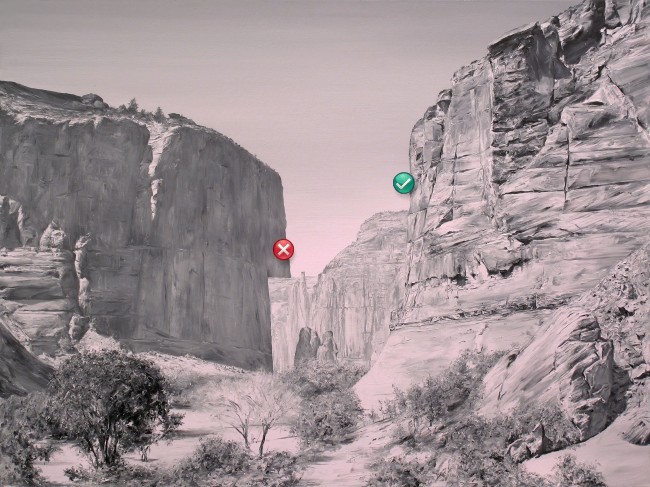

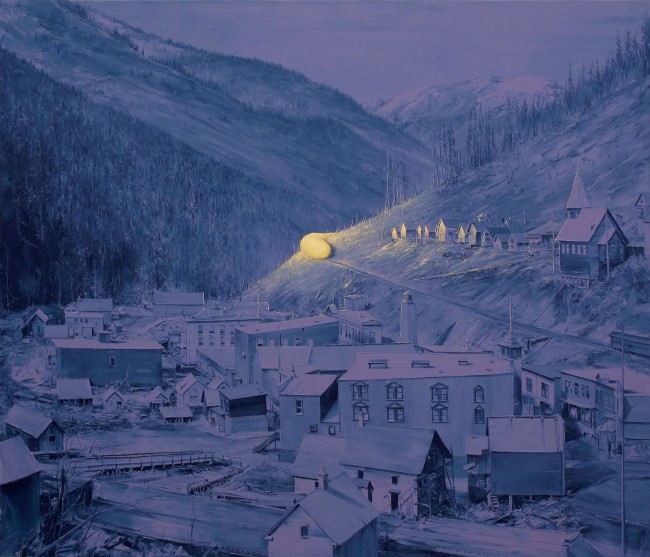
Amazing paintings by Paco Pomet…
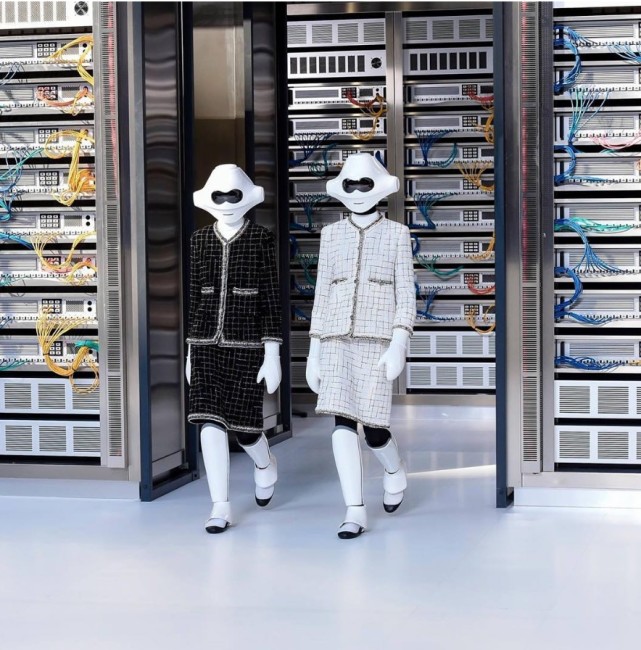
This is the last Chanel runway at the Grand Palais in Paris. Models are dressed like stormtroopers and walk through the corridors of a data centre. Cultural remix is reaching vertiginous heights. This is a new genre: this is a live fashion meme.

Vito Acconci, Virtual Intelligence Mask, 1993
“A conventional fencing mask is used as a support-structure-for electronics; the electronics are used as contact with the world outside.
On the front of the mask are three televisions: one larger television facing out, and two miniature televisions facing in. The miniature televisions, facing in, cover the eyes of the person wearing the mask; from an outsider’s point of view, the person inside the mask is blindfolded by the two televisions. At one side of the mask is a small portable radio, positioned at the ear of the person wearing the mask; the radio’s speaker is directed out.
On top of the mask are two surveillance cameras, one on top of the other, one directed toward the front and one directed toward the rear. The cameras mechanically rotate, side to side.
The person wearing the mask sees his/her environment on the two television screens in front of his/her eyes: one—screen shows what’s going on in front of the person, the other shows what’s going on behind.
In the meantime, the larger television, and the radio, are available for use by passers-by: a passer-by can switch TV channels, a passer-by can change from one radio station to another. A passer-by can, literally, ‹dial› the person wearing the mask; a passer-by can, literally, ‹turn the person on.›”

A pilot study from a group of Dutch scientists implies that being told that an image is an artwork automatically changes our response, both on a neural and behavioural level.
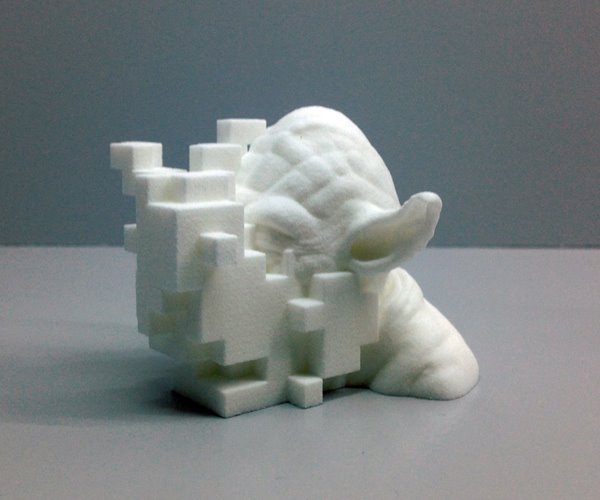
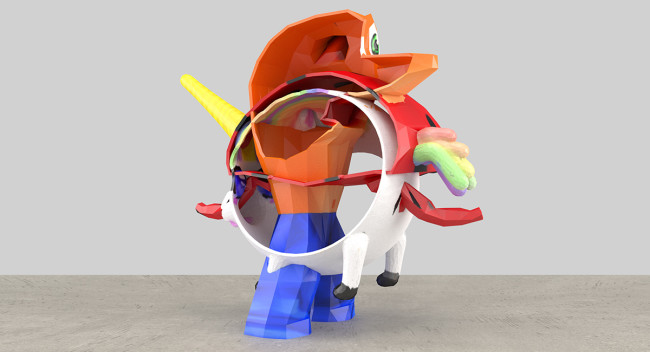
MATERIAL WANT is the first collaboration of Matthew Plummer-Fernandez and JODI. Bringing together their respective practices, they explore hybridisations of algorithms, errors, Internet found objects and digital fabrication. The result of this joint effort? A series of 3D-printed sculptures, uncanny, yet familiar objects, between incongruous assemblages and distorted reality.
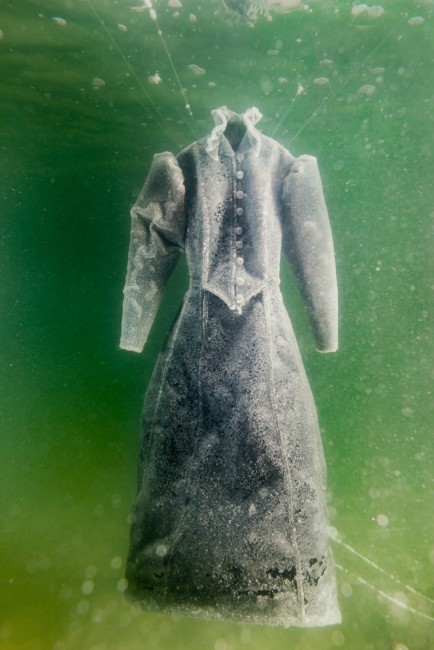
Sigalit Landau, Salt Crystal Bride Gown III, 2014. Image courtesy of the artist and Marlborough Contemporary, London. Photo by Studio Sigalit Landau. On view at Marlborough Contemporary, London.
“Photographed underwater, working in collaboration with Yotam From, the images document the transformation of a dress submerged in the salt-rich waters of the Dead Sea.”
(via)
Slow television is the uninterrupted broadcast of an ordinary event from start to finish…
[via kottke]
Photographers G.K. and Vikki Hart have something to teach about copyright and remix in the Internet age: “Yes, it would be nice if they made more money, but to make people laugh and for people to take it and use it their own way… you just can’t buy that“
Robert Rushkin: my new (non-existent) favourite artist. Video by The Builders Club…
Red is an Audio Visual art object by vtol is a homemade projector with a robotic controlled flexible lens which cam produce abstract light visuals…

“Don’t go unnoticed. Follower is a service that grants you a real life Follower for a day. A no-hassle unseen companion. Someone that watches, someone that sees you, someone who cares.”
a project by Lauren McCarthy
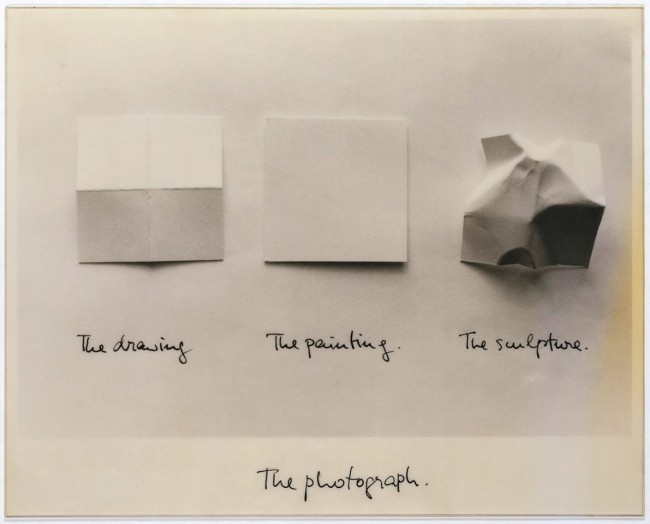
Luis Camnitzer, “The Photograph“, 1981

João Ferro Martins, London Brick, 2011
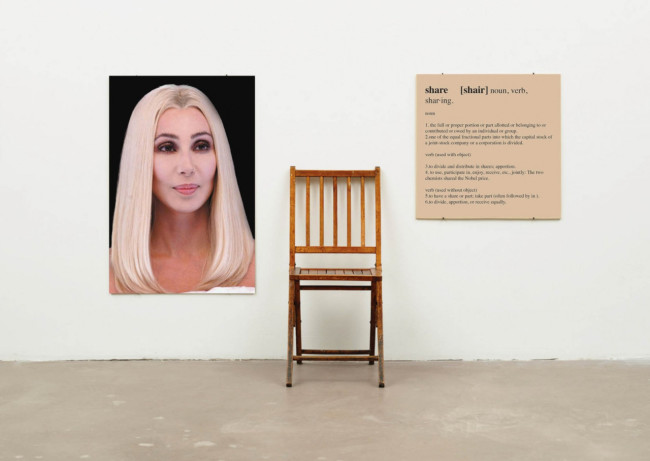
Ole Ukena, Cher, Chair, Share (Hello, Joseph), Poster of the singer Cher, a chair, a printed definition of the word share / 220 x 175 cm / 2011
The power of language can both separate us and bring us together. This piece, which is based on Joseph Kosuth‘s masterpiece Three and One chairs from 1965, playfully capitalizes on linguistic similarities while highlighting cultural absurdities bringing about the question: could a pop icon, place to rest and a single noun have anything in common/share common ground? In this work the intended act of misinterpretation becomes the actual act of artistic creation.
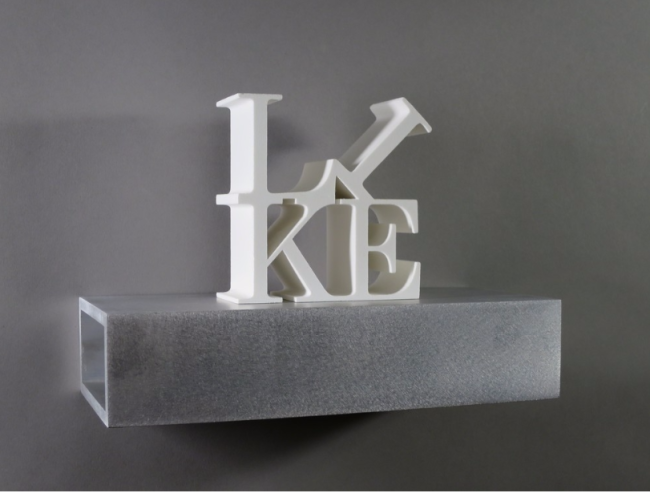
Sam Nichols, Like, 2014
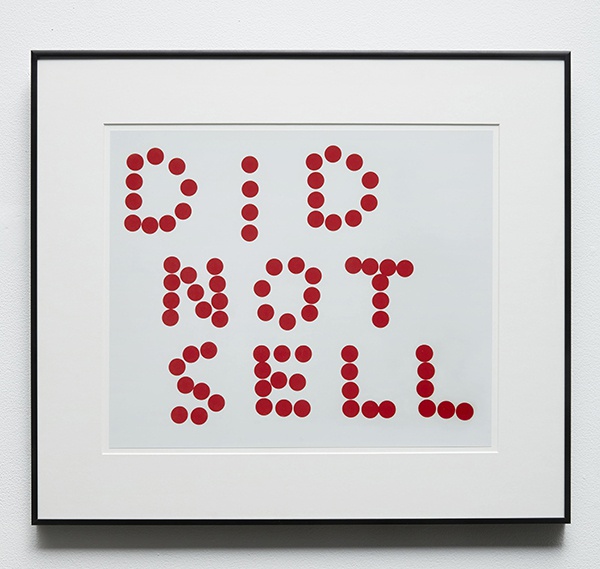
John Waters, “Beverly Hills John” at Sprüth Magers, London
Why is a Raven Like a Writing Desk? from Gene Kogan on Vimeo.
A reanimation of the tea party & riddle scene from Alice in Wonderland (1951), restyled by 17 paintings.
Created with code by Justin Johnson, based on the paper on style transfer from Gatys, Ecker, and Bethge at the University of Tübingen in Sep 2015.

“Renowned American photographer Alec Soth invites you to disappear with him, and spend a few days conversing with him through Snapchat. Over the course of the conversation, Alec will send the buyer a series of twenty-five original photos, which may vary from beautifully composed landscapes to simple shower selfies depending on how the conversation develops and the nature of the narrative that emerges. Each photo will only ever be seen by Soth and the buyer, and will disappear immediately. The buyer may choose to send Soth photos in return as part of the conversation.”